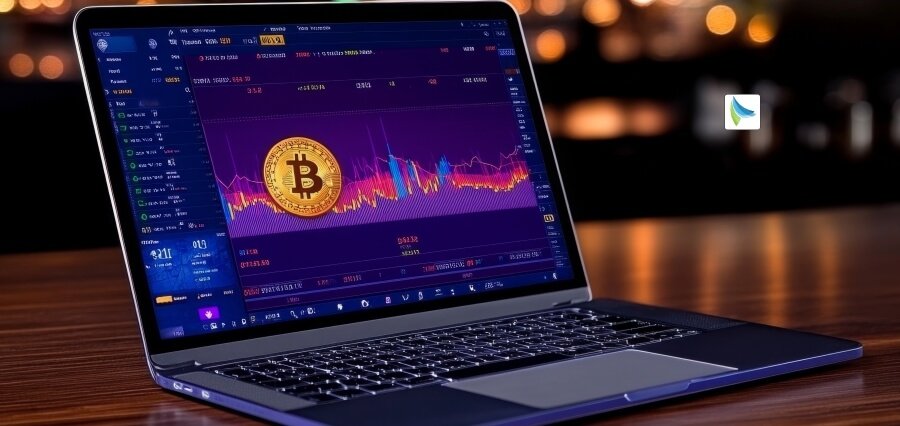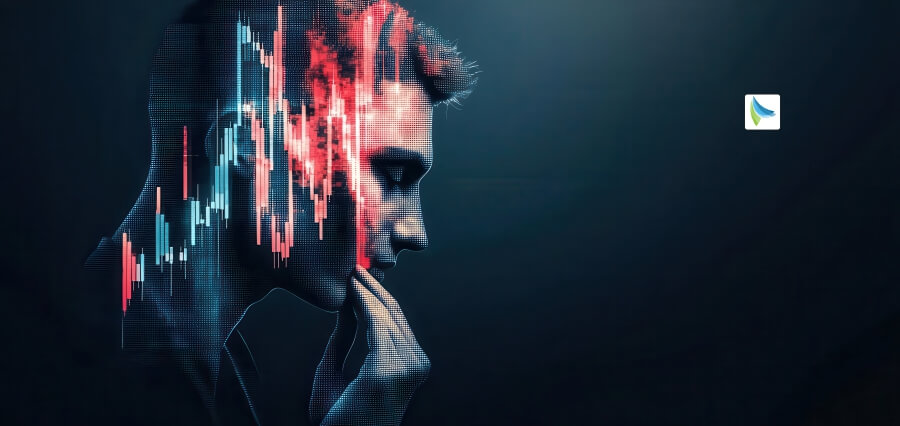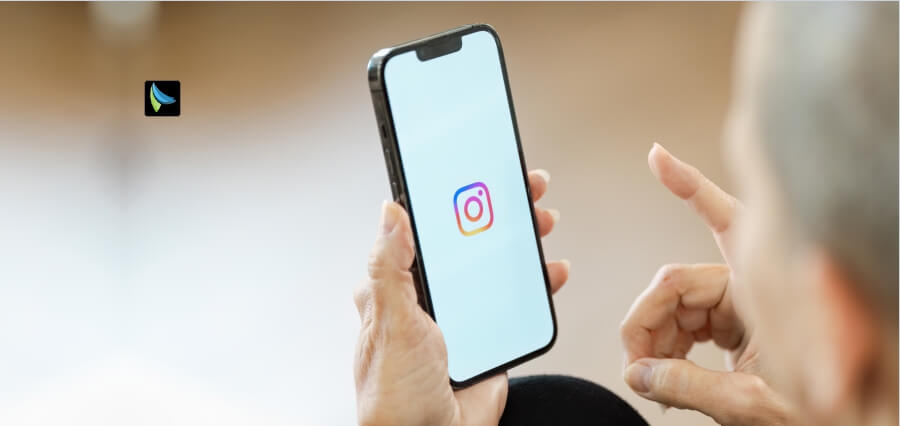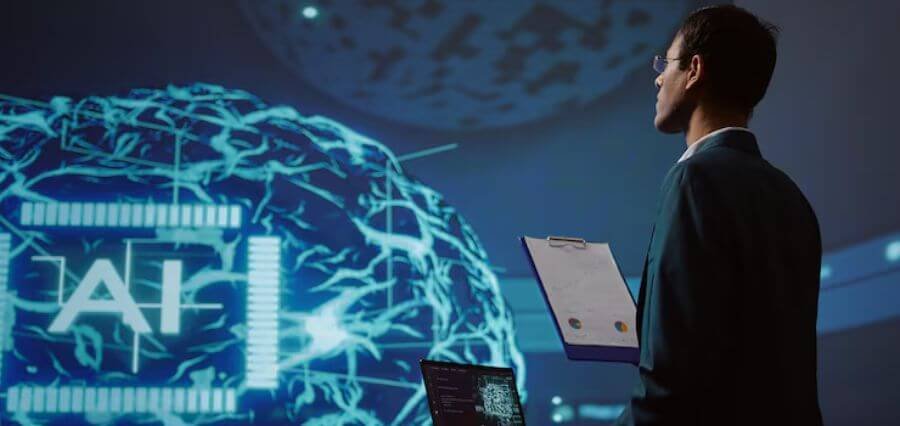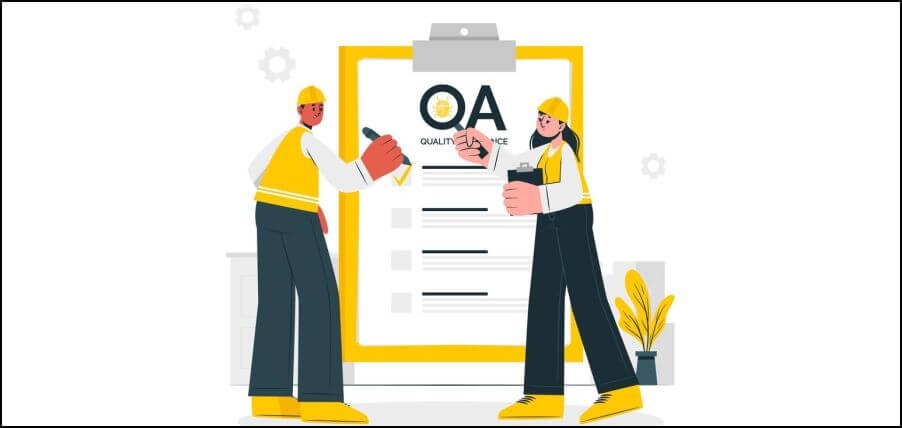The social media effect has altered the landscape of the art world dramatically by opening and giving artists access to audiences and opportunities that were previously limited to galleries and institutions. In this article, all the benefits and challenges of the multifaceted impact that social media has on artistic careers will be discussed in greater detail.
The Democratization of Art
Social media has indeed democratised the art world. In the past, people used to get recognition through an extremely complex web of galleries, critics, and collectors. Now, one can show his work directly to an international audience without being represented by anyone officially. This has certainly empowered several emerging artists who would have otherwise had great difficulty in getting noticed. A National Endowment for the Arts survey shows that almost 60% of artists reported that social media was important in reaching their audience and selling their work.
Instagram and others act as digital galleries to hold portfolios. The visual-centric nature of the platform enables the creators to add images and videos, bringing them closer to engaging the followers. Popular tags including #Art and #ArtistsonInstagram aid the discoverability of art since many artists can be seen while at the same time trying to find buyers for their craft. This ease has triggered and led to a host of diverse voices in the field of art. It will open a space where creativity blossoms.
New Revenue Streams
New opportunities for income from artistic work have been tied to the existence of social media. Now, artists can sell directly to consumers on Facebook Marketplace or Etsy without the intermediaries who capture a big percentage of sales. According to a report by Art Basel, the sales of art online surged to $12.4 billion in 2021 and indicated the growing significance of digital platforms for art markets.
Social media facilitates the collaboration of artists with brands. There are many examples of successful collaboration between artists and companies to produce advertising campaigns. The benefits are that artists achieve higher market coverage and earnings as this practice is not only rewarding in terms of earnings but also boosts the exposure and repute of an artist in the market.
Live Interaction
This is one of the most significant advantages that social media can offer to artists: being able to interact with their audience in real time. Instagram Live lets creators have live art sessions or Q&As with their followers, thus engaging them further. The direct interaction creates a loyal fanbase and gives feedback about work.
Social media also enables artists to provide insight into the creative process through behind-the-scenes information. This can make their work more relatable, thereby creating a sense of community among followers who feel they are part of the journey the artist is taking. According to Hootsuite, posts that have behind-the-scenes content gain 35% more engagement than regular posts.
Challenges Confronting Artists
The other side: while many benefits have come with the establishment of social media, the wrong side is the challenges it poses to artists. The bulk of the content can easily congest an artist’s ability to stand out in a crowded marketplace. Millions of artists competing for the attention of consumers require unique branding and content approaches for viability.
In addition, pressure to be in the trend discourages creativity. Many artists tend to produce work based on fashions or formats at a given time to have a fitting and successful output. This trend of commercialism makes so many creators, who would previously be passionate about artistry, lose their enthusiasm or grow burnt out due to excessive creation of content.
Another very relevant issue is copyright or art theft. Online posting exposes the images to an easy route for unauthorised use. Thus, any artist should ensure that some form of intellectual property security is put in place, either by watermarks or copyright registration.
Psychological Impact
Of course, it also has a psychological impact on artists. As far as it may be an arena for building a community and creating attachment, it also develops emotional disconnection and invites intense criticism. Many artists report that they get flooded with negative comments or unrealistic comparisons with peers. Such an attack can be averse to the joy of creating.
A study released in the Journal of Social Media in Society found that 70% of artists reported online anxiety. This need for constant validation of work through likes and shares will only drain a person of their creativity and lead individuals away from being true to themselves.
The Future of Art in a Social Media World
Going forward, social media is sure to keep defining the careers of artists in all aspects. As technology advances, so do the new emerging sites and platforms that carry their associated opportunities for engaging and generating revenue. Real artists, therefore, adapt and are bound to cut in this volatile industry.
Social media revolutionarily changed how artists express, share, and receive payment for creative works. This democratic opportunity for artistic expression creates new forms of income generation and expands the scope of interacting people; however, over-saturation, copyrighting, and psychological issues form part of these digital world problems. The same approach shall offer an artist an avenue where he finds a niche to exist in the social platform without undermining the content itself.
Read More: Click Here

